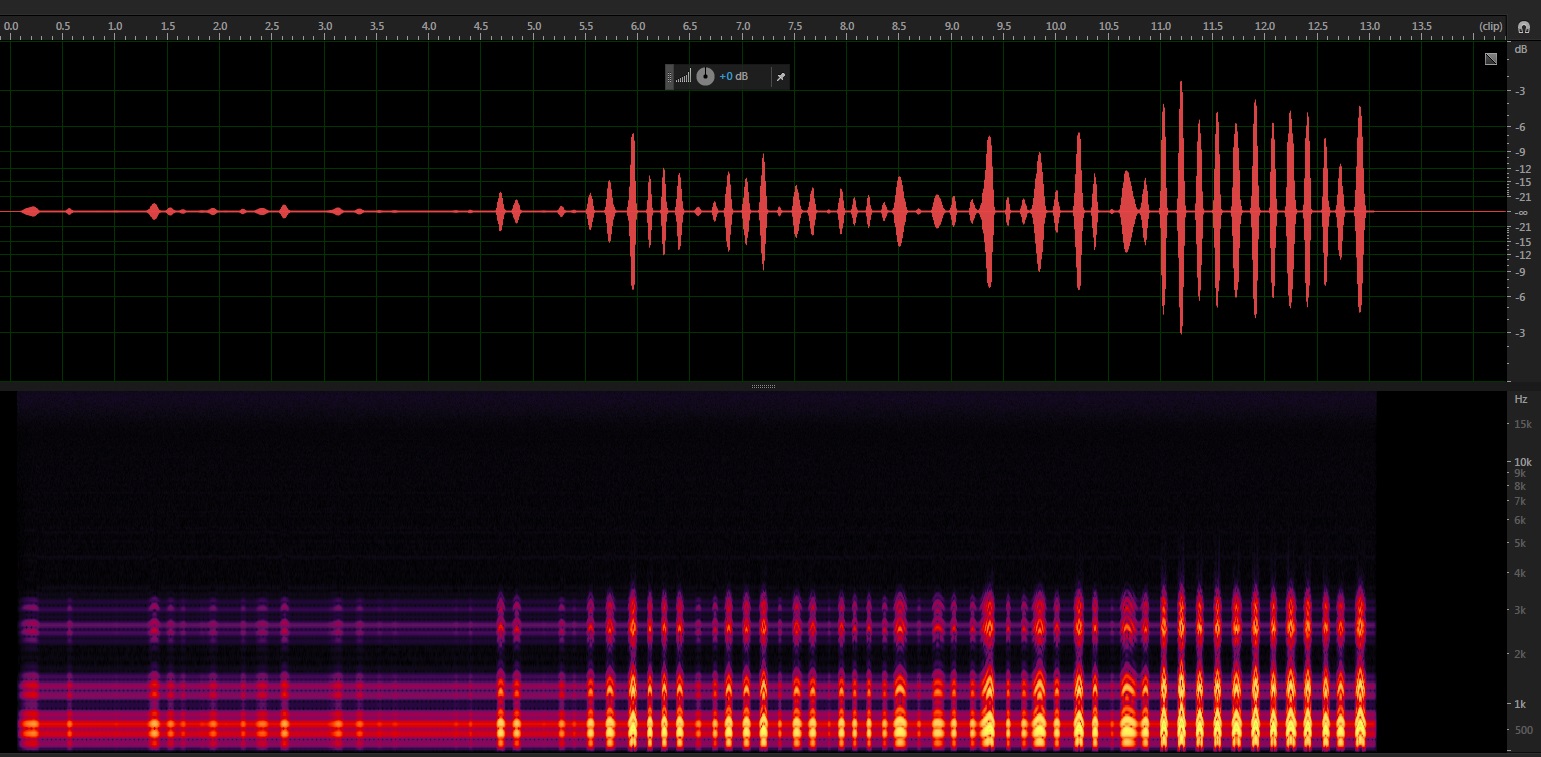Podcast: Play in new window

BOB HIRSHON (host):
Listening for seizures. I’m Bob Hirshon and this is Science Update.
(Sound of seizure)
When the brain goes into a seizure, it produces a rhythmic pattern that can be converted into soundwaves, according to Stanford Medical Center neurologist Josef Parvizi. His team has developed a tool for listening to brainwaves that allows non-specialists to quickly and accurately detect seizures. It’s needed because most seizures that occur in hospital intensive care units aren’t accompanied by obvious physical convulsions.
JOSEF PARVIZI (Stanford University Medical Center):
If somebody has prolonged, nonconvulsant or silent seizure, it’s going to have very detrimental effect on their cognitive health when they leave the hospital.
HIRSHON:
The researchers report in the journal Epilepsia that the technique could speed up diagnosis, since it normally takes highly-trained specialists hours to detect seizures on brainscans. I’m Bob Hirshon, for AAAS, the science society.
Story by Susanne Bard
